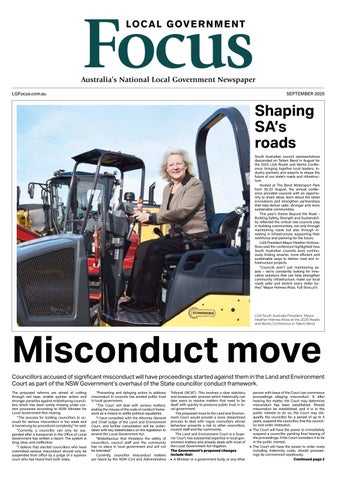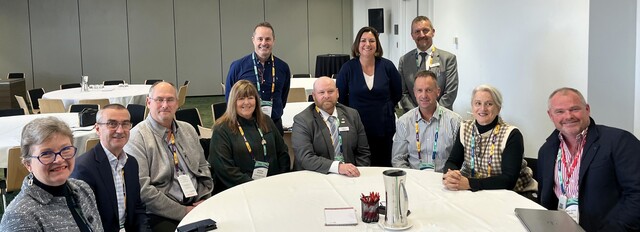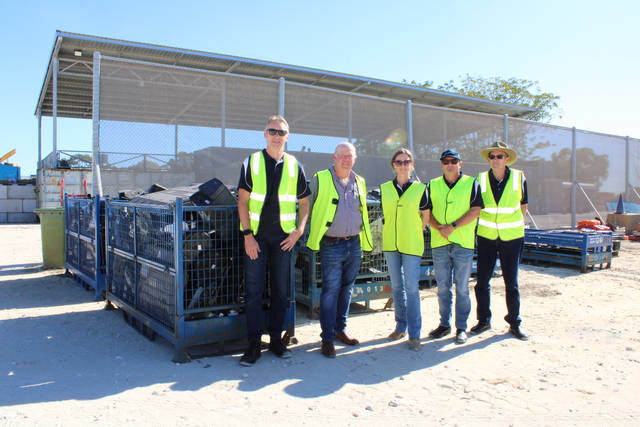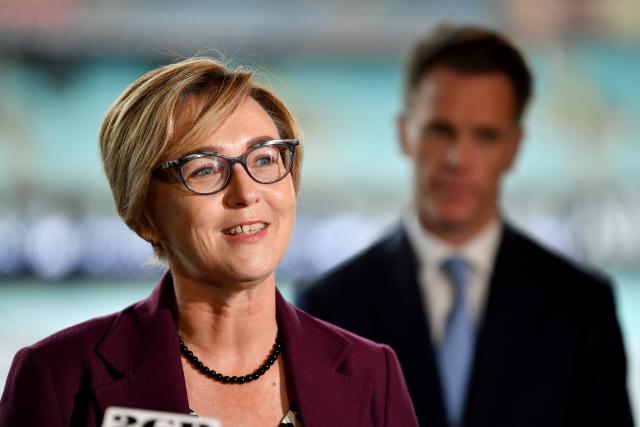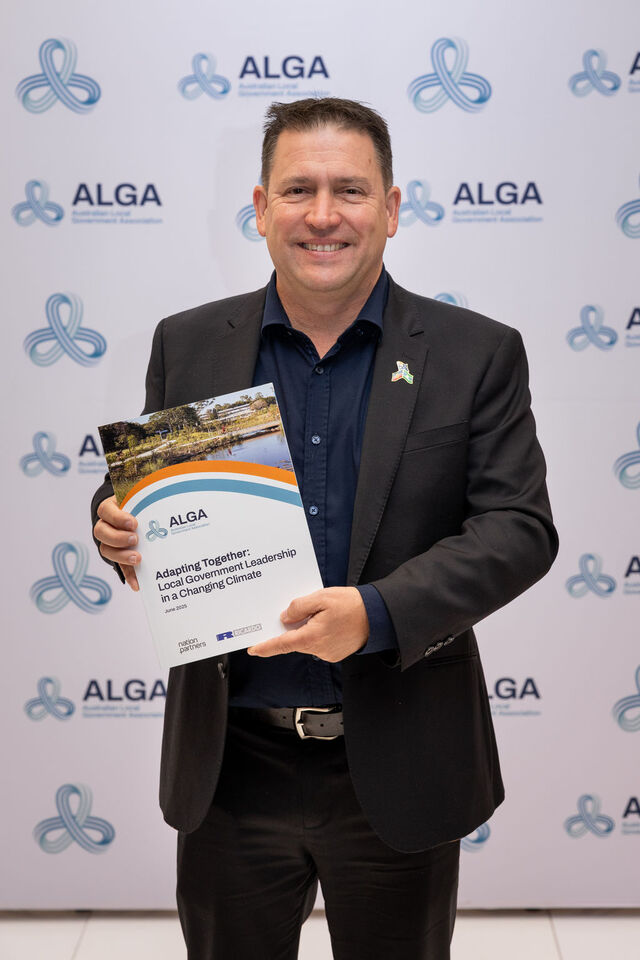Call for increased collaboration and consistency
Using the theme ‘We all have to do it, so let’s work together’, the third National Local Government Online Conference was staged in Melbourne on 11 September. Presenters from Local Government, other spheres of government and the private sector covered various challenges including the need for Councils to work collaboratively in delivering online services.
Conference organiser, John Hennessy from the Municipal Association of Victoria, said that there will be increasing criticism from the community if Local Government fails to get its act together in the next few years. He believes Local Government needs a sector wide 2010 vision, mapping out where it is going.
Ann Steward, former Director of the Office of E-Envoy in the UK and now back in Australia with Centrelink, said that when Tony Blair first advocated ‘Joined up Government’ in 1998, it soon became apparent that little would be achieved without Local Government being heavily involved.
“With the aim of having all government services online by 2005, the 2003 report indicates that 50 per cent are already there,” Ann Steward said.“The key is to ensure that, whatever you do online, it must make sense to the end user. In providing any time and any place services alongside the traditional phone and post options, your direction and focus must be totally on your citizens. Don’t be afraid to be a pioneer. Australia has always been good at this. Seek out your champions, especially the young talent within Council.”
Steven Haines from Trinitas is working with the Australian Local Government Association (ALGA) to produce national directions for online service delivery in Local Government.
“It is vital that Council managers and elected members have the same view on the importance of Electronic Service Delivery (ESD),” Steven Haines said. “There is still the tendency to spend on big trucks and new parks rather than the ‘e-stuff’. But people want their needs fulfilled and expectations met, and ESD is the way to do this. The modern economy is embedded in electronic technology. People are now booking their holidays, doing their banking and so forth on the Net. They expect the same from their Council.”
Michael Haines said that although there are some excellent examples of Councils working together, there is nowhere near enough of this.
Under the Australian Government’s Networking the Nation program, the ALGA has recently received $2.8 million in funding to promote consistency in the delivery of electronic services across Local Government. This will assist Councils to gather and compare data, as well as share information and business processes across all three spheres of government. Through five projects to be undertaken by various State Local Government Associations, issues will be identified and solutions developed relevant to all Councils.
Councils Online – the G5 story
In 1999, a syndicate of New South Wales Councils was formed comprising Hornsby, Lake Macquarie, Parramatta, Randwick and Wyong. As a consortium, they sought a top quality, shared IT solution that would be web enabled and hosted by a third party.
Robert Ball, General Manager of Hornsby Shire Council, outlined the process to delegates, explaining that the five Councils all have large populations rather than being geographically attached.
“People want the same services as they receive from the private sector,” Robert Ball said. “In Hornsby, 80 per cent of our residents told us they wanted to be able to access Council information on the Internet. It is all about ‘nowism’ – people don’t want to wait, they want information now. The squeeze is definitely on Local Government to deliver.”
Valued at $100 million, the Councils Online Project involves the five Councils, nine software vendors, one hardware supplier and two consulting firms. The tender, let in December 2002, was won by Cap Gemini. It will design and build the fully integrated system within two years and then service it for a ten year period.
As well as 24/7 accessibility through the web browser, electronic lodgement of applications, dealings with suppliers and complaints tracking, there will be increased accountability by knowing what is going on across the organisation, benchmarking key performance indicators, and being able to readily identify problems that need to be addressed.
“The buying power of the consortium definitely assisted us in achieving a reduced price,” Robert Ball said. “We have designed a common chart of accounts but there is the flexibility for some in the group to do it differently. We soon found the five Councils had many more similarities than differences. Each Council’s web page is individually designed, but they all link back into the one system. Councils Online will be a catalyst for others to follow.”

